Yuhao Lu
VL-Grasp: a 6-Dof Interactive Grasp Policy for Language-Oriented Objects in Cluttered Indoor Scenes
Aug 01, 2023Abstract:Robotic grasping faces new challenges in human-robot-interaction scenarios. We consider the task that the robot grasps a target object designated by human's language directives. The robot not only needs to locate a target based on vision-and-language information, but also needs to predict the reasonable grasp pose candidate at various views and postures. In this work, we propose a novel interactive grasp policy, named Visual-Lingual-Grasp (VL-Grasp), to grasp the target specified by human language. First, we build a new challenging visual grounding dataset to provide functional training data for robotic interactive perception in indoor environments. Second, we propose a 6-Dof interactive grasp policy combined with visual grounding and 6-Dof grasp pose detection to extend the universality of interactive grasping. Third, we design a grasp pose filter module to enhance the performance of the policy. Experiments demonstrate the effectiveness and extendibility of the VL-Grasp in real world. The VL-Grasp achieves a success rate of 72.5\% in different indoor scenes. The code and dataset is available at https://github.com/luyh20/VL-Grasp.
Hybrid Physical Metric For 6-DoF Grasp Pose Detection
Jun 22, 2022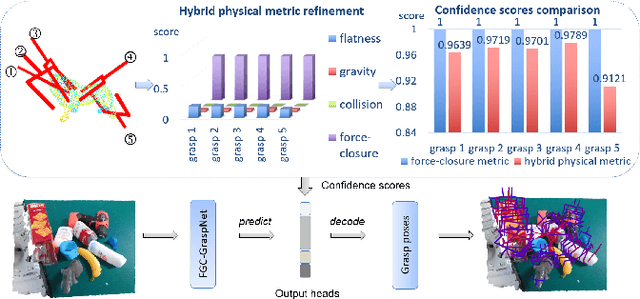
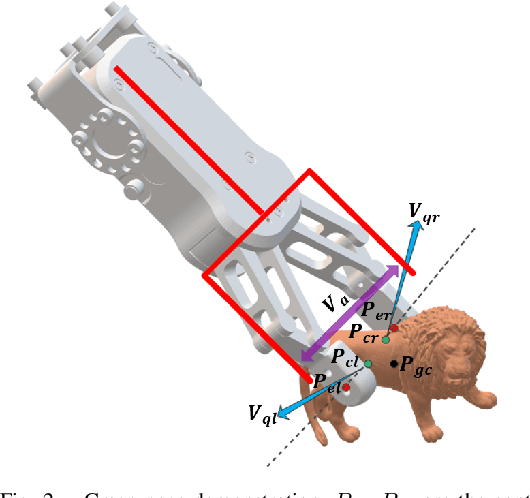
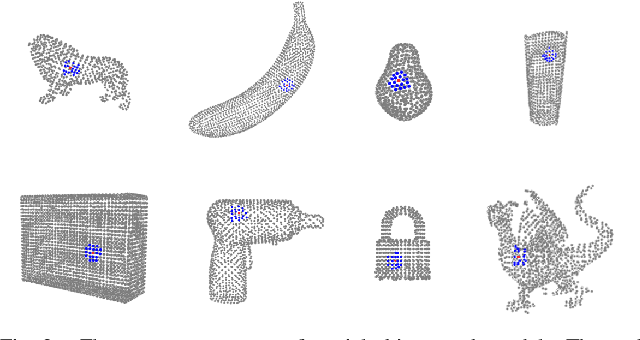

Abstract:6-DoF grasp pose detection of multi-grasp and multi-object is a challenge task in the field of intelligent robot. To imitate human reasoning ability for grasping objects, data driven methods are widely studied. With the introduction of large-scale datasets, we discover that a single physical metric usually generates several discrete levels of grasp confidence scores, which cannot finely distinguish millions of grasp poses and leads to inaccurate prediction results. In this paper, we propose a hybrid physical metric to solve this evaluation insufficiency. First, we define a novel metric is based on the force-closure metric, supplemented by the measurement of the object flatness, gravity and collision. Second, we leverage this hybrid physical metric to generate elaborate confidence scores. Third, to learn the new confidence scores effectively, we design a multi-resolution network called Flatness Gravity Collision GraspNet (FGC-GraspNet). FGC-GraspNet proposes a multi-resolution features learning architecture for multiple tasks and introduces a new joint loss function that enhances the average precision of the grasp detection. The network evaluation and adequate real robot experiments demonstrate the effectiveness of our hybrid physical metric and FGC-GraspNet. Our method achieves 90.5\% success rate in real-world cluttered scenes. Our code is available at https://github.com/luyh20/FGC-GraspNet.
Machine learning driven synthesis of few-layered WTe2
Oct 10, 2019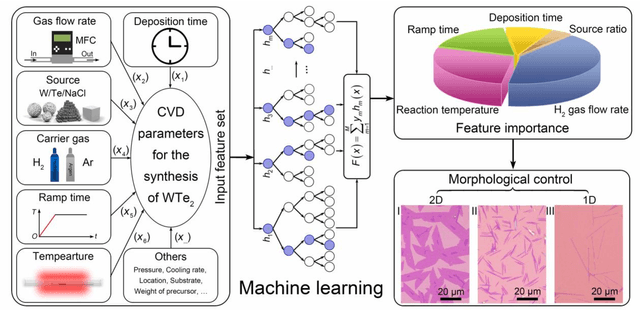
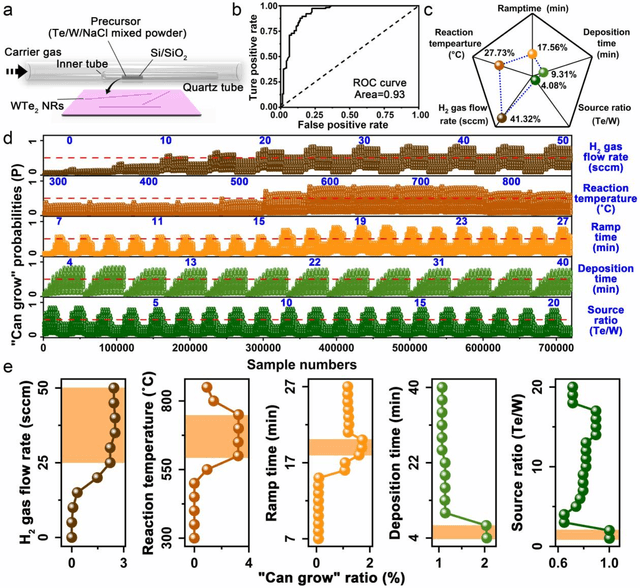
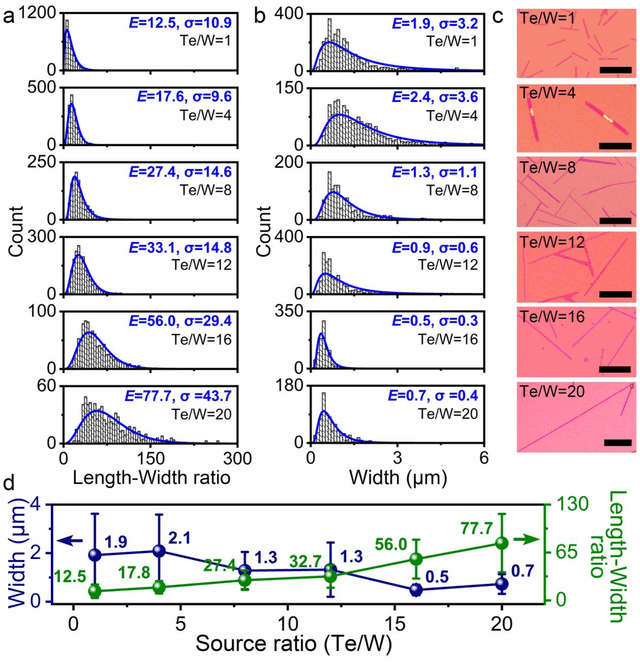
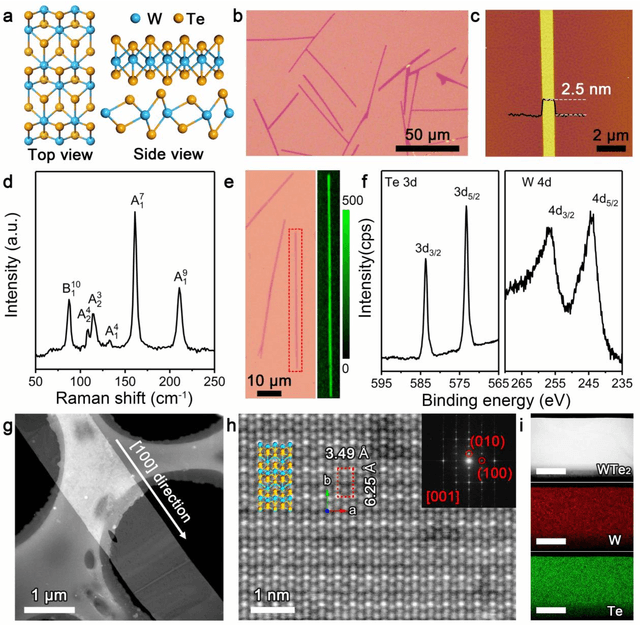
Abstract:Reducing the lateral scale of two-dimensional (2D) materials to one-dimensional (1D) has attracted substantial research interest not only to achieve competitive electronic device applications but also for the exploration of fundamental physical properties. Controllable synthesis of high-quality 1D nanoribbons (NRs) is thus highly desirable and essential for the further study. Traditional exploration of the optimal synthesis conditions of novel materials is based on the trial-and-error approach, which is time consuming, costly and laborious. Recently, machine learning (ML) has demonstrated promising capability in guiding material synthesis through effectively learning from the past data and then making recommendations. Here, we report the implementation of supervised ML for the chemical vapor deposition (CVD) synthesis of high-quality 1D few-layered WTe2 nanoribbons (NRs). The synthesis parameters of the WTe2 NRs are optimized by the trained ML model. On top of that, the growth mechanism of as-synthesized 1T' few-layered WTe2 NRs is further proposed, which may inspire the growth strategies for other 1D nanostructures. Our findings suggest that ML is a powerful and efficient approach to aid the synthesis of 1D nanostructures, opening up new opportunities for intelligent material development.
Machine learning-guided synthesis of advanced inorganic materials
May 10, 2019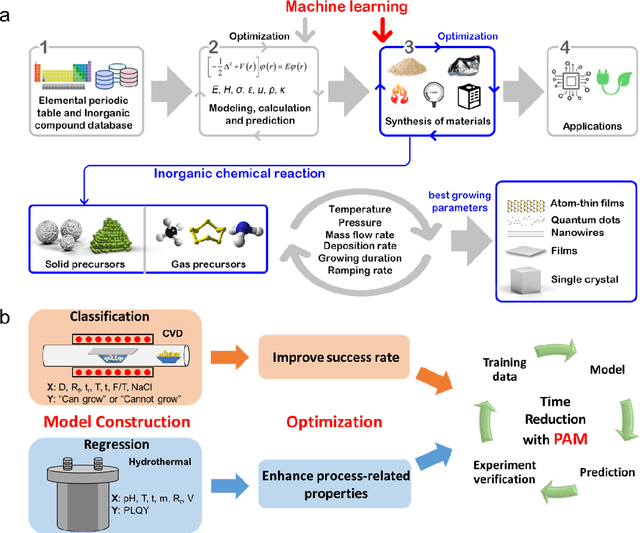
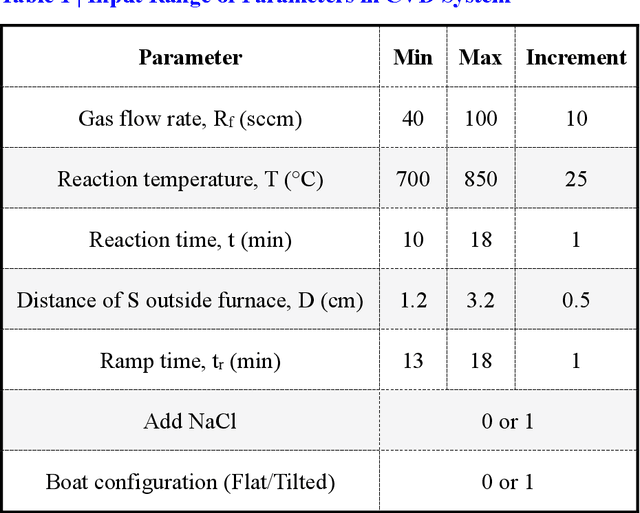

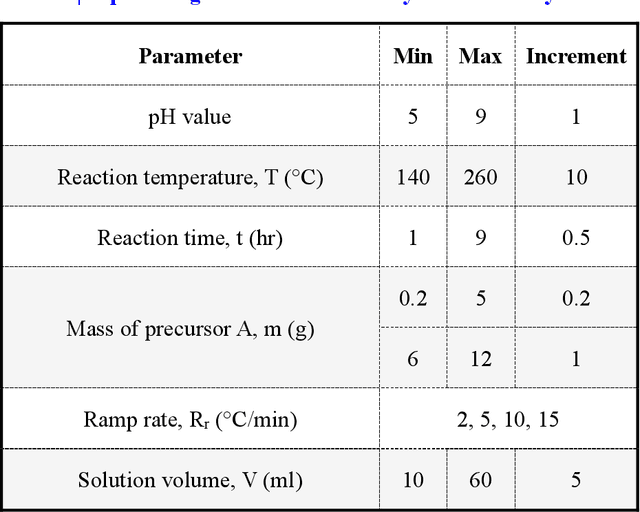
Abstract:Synthesis of advanced inorganic materials with minimum number of trials is of paramount importance towards the acceleration of inorganic materials development. The enormous complexity involved in existing multi-variable synthesis methods leads to high uncertainty, numerous trials and exorbitant cost. Recently, machine learning (ML) has demonstrated tremendous potential for material research. Here, we report the application of ML to optimize and accelerate material synthesis process in two representative multi-variable systems. A classification ML model on chemical vapor deposition-grown MoS2 is established, capable of optimizing the synthesis conditions to achieve higher success rate. While a regression model is constructed on the hydrothermal-synthesized carbon quantum dots, to enhance the process-related properties such as the photoluminescence quantum yield. Progressive adaptive model is further developed, aiming to involve ML at the beginning stage of new material synthesis. Optimization of the experimental outcome with minimized number of trials can be achieved with the effective feedback loops. This work serves as proof of concept revealing the feasibility and remarkable capability of ML to facilitate the synthesis of inorganic materials, and opens up a new window for accelerating material development.
FPUAS : Fully Parallel UFANS-based End-to-End Acoustic System with 10x Speed Up
Dec 18, 2018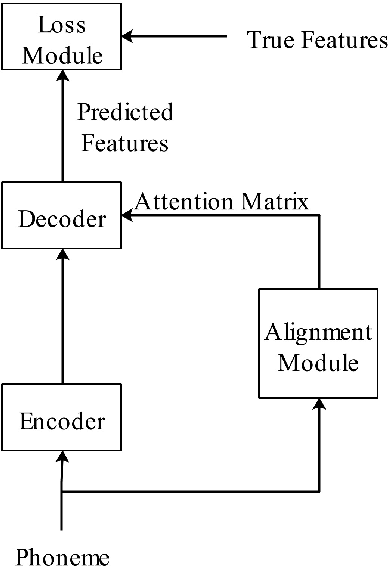
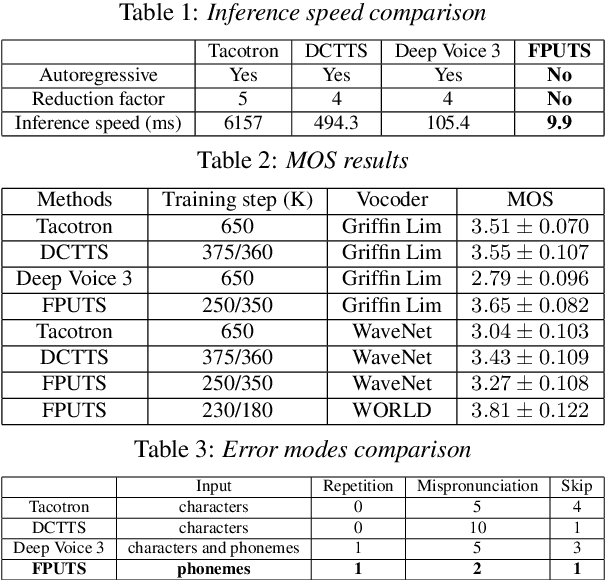

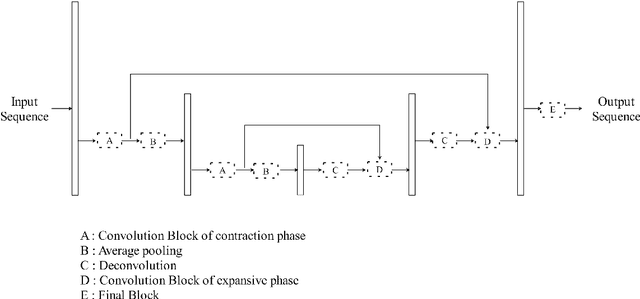
Abstract:A lightweight end-to-end acoustic system is crucial in the deployment of text-to-speech tasks. Finding one that produces good audios with small time latency and fewer errors remains a problem. In this paper, we propose a new non-autoregressive, fully parallel acoustic system that utilizes a new attention structure and a recently proposed convolutional structure. Compared with the most popular end-to-end text-to-speech systems, our acoustic system can produce equal or better quality audios with fewer errors and reach at least 10 times speed up of inference.
 Add to Chrome
Add to Chrome Add to Firefox
Add to Firefox Add to Edge
Add to Edge